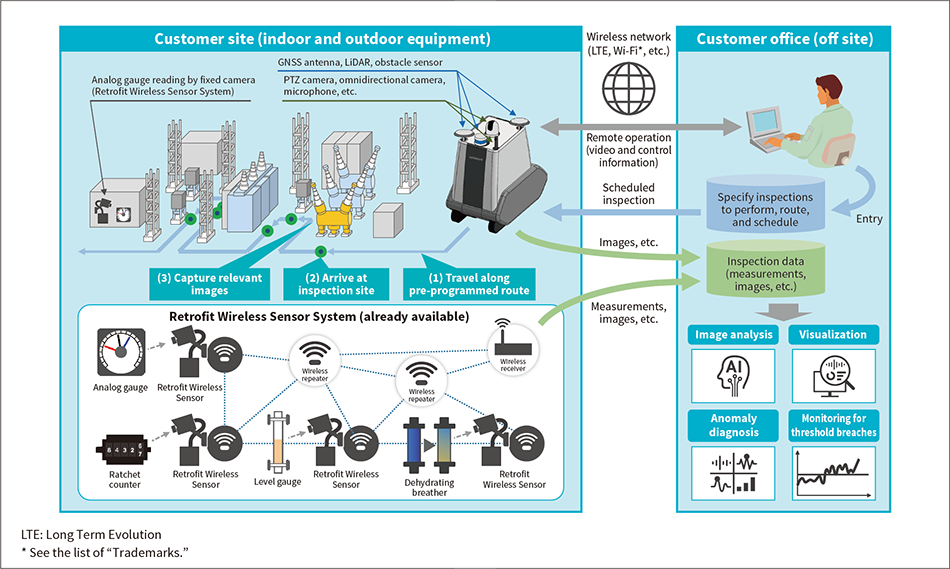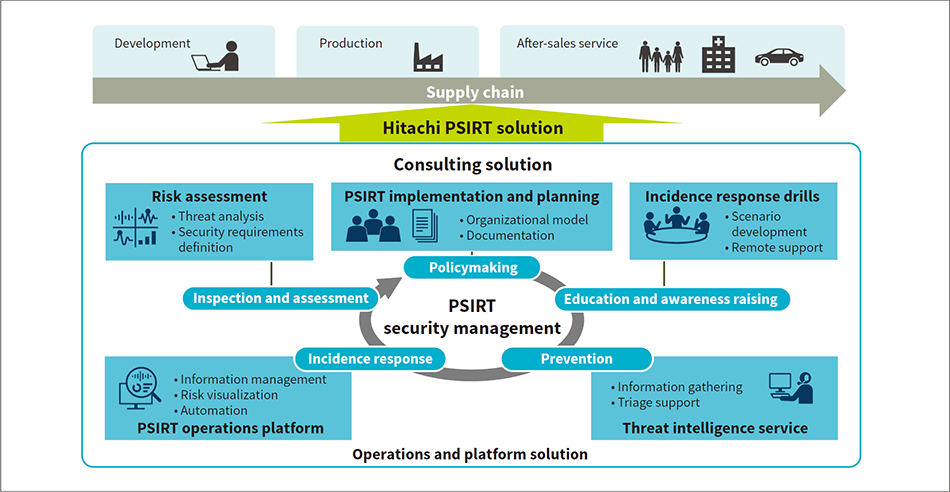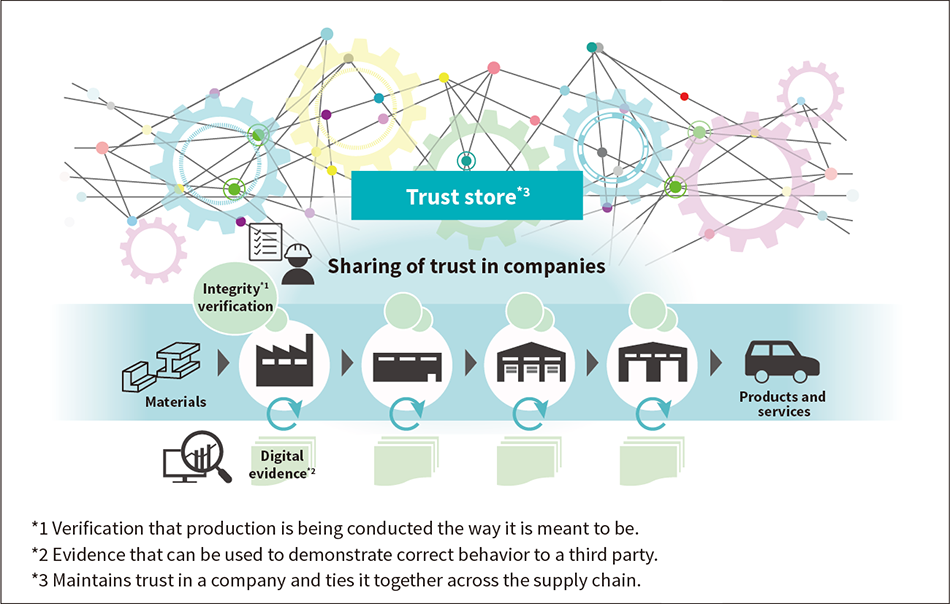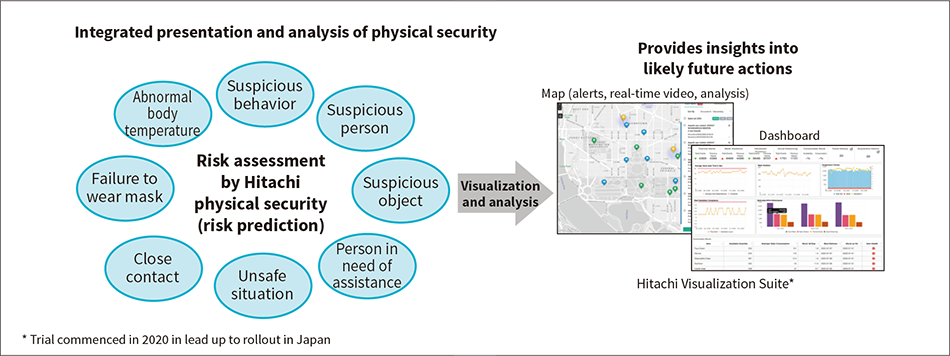1. Integrated Operations Management JP1 Version 12 Supports IT Operations in the New Normal
Many companies are shifting their IT systems to the cloud in anticipation of the new normal. As a result, IT departments face the urgent task of utilizing the cloud to further improve IT operations that are becoming increasingly diverse and complex, while also maintaining stable operations across all of their systems, not just those in the cloud.
To support IT operations under the new normal, Integrated Operations Management JP1 Version 12 allows companies to implement remote, centralized management of configuration information and operating statuses linked with applications running in multi-cloud and hybrid environments (environments that include both on-premises and cloud components). By automatically detecting task execution stoppages that lead to critical failures and visualizing the relationships between job execution and the operating statuses of infrastructure components so that problems are easy to isolate, JP1 also makes it possible for companies to take preemptive action in a timely manner to avoid business interruptions, for example, by modifying the runtime environment or switching the job to be executed.
To support IT operations under the new normal, JP1 aims to achieve intelligent IT operations that support the stable operation of entire IT systems as they become increasingly diverse and complex.
[1] Integrated Operations Management JP1 Version 12 helps prevent business interruptions by detecting potential problems before they occur
















